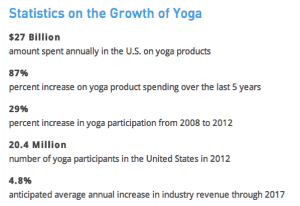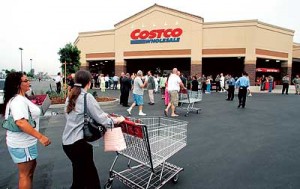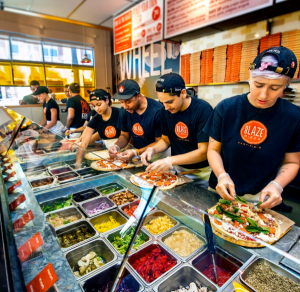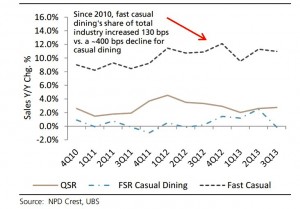I always try my best to shop smartly when going to grocery stores. I try to pick up the cheapest brands and with good quality. While in college who would not want to save an extra buck? All the stores near DePaul are super expensive. At first it was Dominick’s and now its time for Whole Foods to run its monopoly. When I was living on campus, there was one place where I always use to get my groceries from, even if that meant walking an extra mile. And that place WAS ‘Trader Joes’. And here are the reasons why.
Many people criticize Trader Joe for its lack of variety but I feel that having a smaller store and fewer choices keeps consumers happy and also saves their time. Have you ever been to Target and seen the 40 different types of Jam and kept wondering which one should you go for? Well not at Trader’s joe.
Trader Joe pays its employees well or you can say well above the minimum wage level if you work for them for a longer period of time. Moreover, according to a report “TJ’s contributes 15.4% of employee’s salary to tax-deferred retirement accounts.”There is no questions as to why their employees are so happy and willing to help. Unlike, Walmart which not only pays its workers a minimum wage but also treats them poorly. There have been so many misconduct cases at Walmart which have made headlines all over the US.
TJ is not like any other departmental store. It aims to keeps its customers happy and meet their ever growing demand therefore it tries to open up locations by paying close attention to demographics like education, transport system available, nearby shopping stores etc.
In addition to this, TJ like keeping its food line simple also keeps its distribution simple. It buys directly from the manufacture cutting the cost and fees of the middlemen and therefore gives back to the community in terms of lower cost of the products. It also sells fresh produces on per unit basis rather than weight to simplify the checkout process.
According to Forbes article “TJ non-conventional culturally-tailored approach and attitude is one that is deeply embedded in the roots of their business model: from their packaging, product selection, store layout and graphics, to their vendors, employees and management. The Trader Joe’s brand is diversity on steroids.”
Do you agree that the TJ differentiates itself from its competitors only on the basis of cost or their are other factors that come to play?
Should customer satisfaction be a priority for any grocery/departmental stores or should they only focus on minimizing their cost ?
Work cited
http://www.cbsnews.com/news/10-secrets-to-trader-joes-success/







